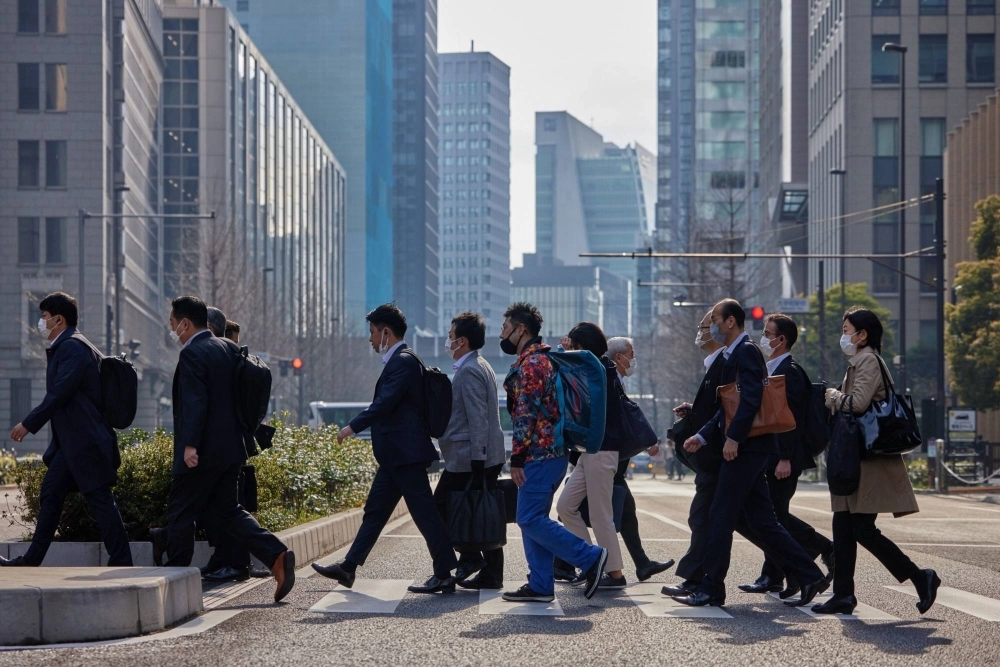The Bank of Japan is likely to be encouraged by stronger annual wage negotiation results that will pave the way for the end of its negative interest rate by this spring, according to a former BOJ executive director in charge of monetary policy.
"There’s a good chance the outcome of spring wage talks will be higher than last year, reaching 4%,” Eiji Maeda, the former director, said in an interview. That’s because the positive price mechanism the central bank has been seeking to confirm is already in operation, he added. "A virtuous cycle between wages and inflation is already in place.”
Market participants are monitoring the annual wage talks closely as they may be a decisive factor in prompting the BOJ to end the world’s last negative rate. That’s one of the main reasons a majority of BOJ observers predicts the central bank will wait until April before raising rates for the first time since 2007.


















With your current subscription plan you can comment on stories. However, before writing your first comment, please create a display name in the Profile section of your subscriber account page.